Panic attacks and anxiety disorders can feel overwhelming, but it’s crucial to remember that these feelings are manageable with the right strategies. This blog post will provide TWELVE effective techniques to help stop panic attacks and alleviate anxiety, restoring peace and control to your life.

Table of Contents
1. Deep Breathing
It’s interesting how our body reacts when we’re scared, isn’t it? For instance, when we have a panic attack, we often start breathing really fast – this is called hyperventilating. It can make us even more scared than we already are! But guess what? By using a simple technique called deep breathing, we can actually help to reduce those frightening symptoms during a panic attack.
In a 2017 study, 40 people were divided into two groups. One group got to practice deep, diaphragmatic breathing during therapy sessions, while the other group didn’t. After 20 intense training sessions, those in the deep breathing group noticed some cool changes – they were more focused, and they felt emotionally better off.
Not just that, their blood tests showed lower levels of cortisol, which is often called the ‘stress hormone.’ Now, keep in mind that the people in this study didn’t have panic disorder. But, the researchers believe that these deep breathing strategies could also help folks who experience panic attacks.
Another bunch of scientists found something similar. They suggested that slow breathing can not only make us feel more relaxed, comfortable, and alert, but also help reduce feelings of anxiety, depression, anger, and confusion.
The key takeaway? If you can manage to control your breathing, you’re less likely to hyperventilate. And that means you could potentially lessen the severity of your panic attack.
So, how about giving it a shot? Start by taking a slow, deep breath in through your nose, and imagine the air gently filling up your chest and belly. Then, slowly exhale through your mouth, feeling the air leave your body. Try to breathe in through your nose for a count of four, hold it for a second, and then breathe out through your nose for a count of four. Practice makes perfect!
2. Progressive Muscle Relaxation
Sounds a bit like a workout technique, doesn’t it? But it’s actually a super helpful way to relax, especially if you’re feeling stressed or anxious.
Progressive Muscle Relaxation, or PMR for short, is all about tightening and then relaxing different muscle groups in your body. Imagine you’re squeezing a stress ball and then letting it go, but you’re doing that with your muscles instead.
You start by focusing on a specific muscle group, like your hands or your feet. You tense those muscles up for a few seconds – really give them a good squeeze (but not so hard that it hurts, of course!). Then, you let go and release all that tension. Ahh, feel the relief?
The “progressive” part means you work through all the different muscle groups in your body, one after another. You could start from your toes and work your way up to your head, or vice versa. The key is to really pay attention to the difference between how it feels when your muscles are tensed up and how it feels when they’re relaxed.
Practicing PMR can help you become more aware of what tension feels like in your body, which can be super useful if you’re prone to stress or anxiety. Over time, you might even start to notice when your muscles are getting tense, and you can use your PMR skills to relax them before stress takes hold. Neat, right?
Remember, like any new skill, PMR takes a bit of practice. But give it a shot – your muscles (and your mind) might thank you!
3. Mindfulness and Meditation
These two buddies can help you manage stress, chill out, and even make your day a bit brighter!
Let’s start with mindfulness. This is basically the art of living in the present moment. You know when your mind is racing with thoughts about yesterday’s mistakes or tomorrow’s to-do list? Well, mindfulness is the opposite of that. It’s all about focusing on the here and now without judging anything or anyone, including yourself.
Imagine you’re eating a piece of chocolate. Instead of gulping it down while you’re scrolling through your phone (which we’ve all done!), you take a moment to really experience it. You notice the sweet aroma, the smooth texture, the rich taste, and how it slowly melts in your mouth. That’s mindfulness!
Now, let’s talk about meditation. This is like mindfulness’s big sibling. It’s a way of training your mind to focus and redirect your thoughts. Just like lifting weights at the gym strengthens your muscles, regular meditation strengthens your mind’s ability to focus and stay calm.
There are loads of ways to meditate, but here’s a simple one to get you started: Find a quiet spot, sit comfortably, close your eyes, and focus on your breath. If your mind starts to wander (which it will, and that’s okay!), gently bring your attention back to your breathing.
Mindfulness and meditation can be great tools to help you manage stress and anxiety, improve your focus, and generally feel more positive about life. So, why not give them a try? Remember, it’s okay to start small – even just a few minutes a day can make a big difference!
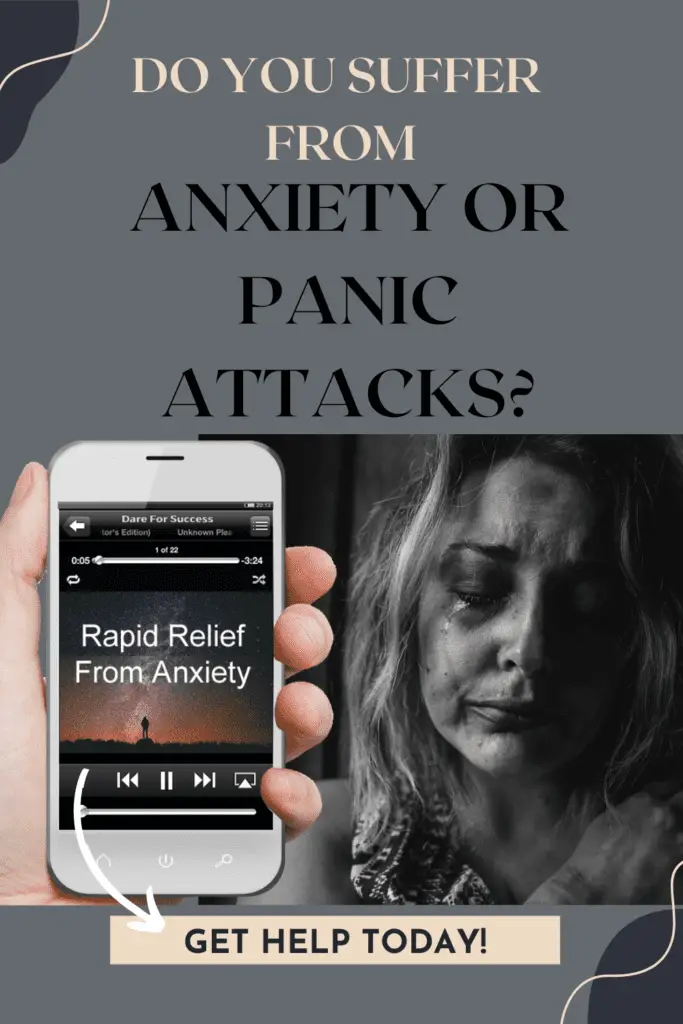
4. Grounding Techniques
Now, you might be thinking this is about getting sent to your room for breaking a rule, like in the old days. But no, it’s a completely different (and much more helpful!) thing.
Grounding techniques are super helpful tricks that can bring you back to the present when your mind is racing or you’re feeling out of sorts. They’re like an anchor in the middle of a storm, helping you stay connected to reality and the here and now.
Imagine you’re having a tough day. Your mind is in overdrive, and you’re feeling anxious or upset. Grounding techniques can help you navigate through this. They work by shifting your focus from your thoughts to what you can physically sense – what you can see, hear, touch, smell, or taste.
One simple grounding technique is the 5-4-3-2-1 method. It goes like this: you find five things you can see, four things you can touch, three things you can hear, two things you can smell, and one thing you can taste.
So, you might notice the blue sky, feel the fabric of your jeans, hear the birds chirping, smell a cup of coffee, and taste a piece of mint gum. Before you know it, your mind’s been brought back from wherever it was wandering, and you’re more connected to the present moment.
Another technique is to focus on your feet touching the ground. Feel the weight of your body pressing down, the texture of the floor beneath your shoes or socks. This can also help remind you that you’re here, in the present.
Grounding techniques can be a lifeline when you’re feeling overwhelmed, anxious, or disconnected. And the great thing is you can use them anytime, anywhere. So why not give them a try? It might take a little practice, but once you get the hang of it, you’ll have a powerful tool to help you through those tough moments.
5. Healthy Lifestyle Choices
Don’t worry, this isn’t going to be a lecture about eating your greens (even though they are pretty good for you!). It’s about how the choices we make every day can help us feel better, think clearer, and live a more balanced life.
Okay, first up physical exercise. Now, I’m not saying you need to become a marathon runner overnight, but getting your body moving can be a real mood booster. It could be a brisk walk, a dance-off in your living room, or even chasing your dog around the park. Any sort of movement that gets your heart rate up can do wonders for your well-being.
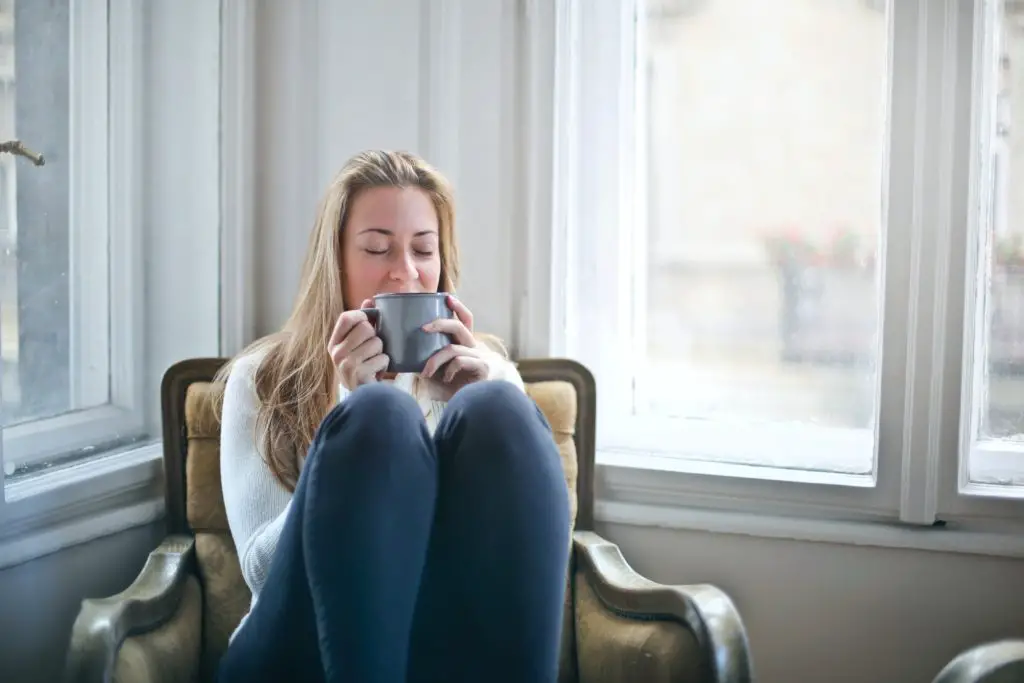
Next on the list is what you put on your plate. Eating a balanced diet filled with a variety of fruits, veggies, whole grains, and lean proteins can fuel your body and mind. And hey, a little bit of what you fancy now and then (like that chocolate cake) is okay too!
Sleep is another biggie. Catching enough zzz’s each night is super important for your overall health and your mood. Try to make your bedroom a comfy, quiet sanctuary, and stick to a regular sleep schedule as much as you can.
Now, let’s talk about what you drink. Try to keep hydrated with plenty of water, and be mindful of stimulants like caffeine and alcohol. While they might give you a temporary boost or help you unwind, they can also mess with your sleep and mood.
Last but not least, making time for relaxation and fun stuff is super important too. This could be anything that makes you feel good, like reading a book, watching a movie, hanging out with friends, or even taking a bubble bath. It’s all about balance, right?
Remember, making healthy lifestyle choices is a journey, not a destination. It’s okay to take small steps and make changes that feel right for you. Every little bit helps, and over time, these choices can make a big difference in how you feel. So, why not give it a try?
6. Cognitive Behavioral Therapy (CBT)
It might sound like a complex term, but it’s actually a pretty straightforward and practical approach that can help us deal with life’s challenges.
So, what’s CBT all about? It’s kind of like detective work for your thoughts and feelings. You know how sometimes we get into a rut with negative thinking patterns, like “I’m no good at this” or “Nobody likes me”? Well, CBT helps us investigate these thoughts, challenge them, and replace them with more positive and realistic ones.
CBT is based on the idea that our thoughts, feelings, and behaviors are all connected. If we can change one, we can influence the others. So, by changing how we think or behave in a situation, we can change how we feel about it.
Imagine you’re terrified of public speaking. Your mind might be filled with thoughts like “I’m going to mess up” or “People will laugh at me”. In CBT, you’d work with a therapist to challenge these thoughts. You might look for evidence that contradicts them, or consider what you’d say to a friend who had the same fears.
You’d also work on changing your behaviors. Maybe you’d practice public speaking in a safe environment or learn relaxation techniques to manage your anxiety. Over time, these new thoughts and behaviors can help reduce your fear and increase your confidence.
CBT isn’t a quick fix, and it does require some work. But it can be really effective for a wide range of issues, from anxiety and depression to stress and low self-esteem. And the great thing is, once you learn these skills, they’re yours for life. You can use them whenever you need to, helping you become your own therapist in a way. How cool is that?
7. Self-Care Practices
Let’s take a moment to chat about something super important – self-care practices. Now, I’m not just talking about bubble baths and chocolate (though those can definitely be part of it!). Self-care is about taking care of your own physical, mental, and emotional health. It’s about doing things that help you feel good, recharge, and cope with life’s ups and downs.
First off, let’s talk about physical self-care. This includes things like eating nourishing foods, getting regular exercise, getting enough sleep, and taking care of your hygiene. It’s about listening to your body and giving it what it needs. Feeling sluggish? Maybe it’s time for a walk. Feeling tense? Maybe a hot bath is just the thing.
Next up is mental self-care. This is all about keeping your mind sharp and healthy. It could be reading a book, doing a puzzle, learning something new, or even just taking a few minutes each day to sit quietly and breathe. It also includes knowing when to take a break – remember, it’s okay to switch off and do nothing sometimes!
Emotional self-care is just as important. This might mean making time for things that bring you joy, like playing with your pet or painting a picture. It might mean talking to a friend when you’re feeling down, or writing in a journal to process your feelings. And it definitely means being kind to yourself and giving yourself permission to feel whatever emotions you’re experiencing.
Last, but definitely not least, is social self-care. We’re social creatures by nature, and connecting with others can be a powerful form of self-care. This might be chatting with a friend, spending quality time with family, or even participating in a group activity like a book club or a sports team.
Remember, self-care isn’t selfish or indulgent. It’s essential for our well-being. So, make sure to carve out some time in your schedule for these self-care practices. After all, you deserve to be taken care of, and who better to do that than you?
8. Journaling
If you’re picturing a fluffy pink diary with a tiny lock from your childhood days, hold that thought! Journaling is so much more than that. It’s like having a conversation with yourself, a way to sort through your thoughts and feelings, and even a place to celebrate your victories.
So, what is journaling all about? At its simplest, it’s the act of writing down your thoughts and feelings. No rules, no judgment, just you and the page. Think of it as a kind of mental decluttering, a way to clear out the cobwebs and make sense of what’s going on in your head and heart.

You might write about your day, your dreams, your worries, or anything else that comes to mind. Perhaps you could explore your thoughts on a particular topic, or use your journal to track your goals and progress. You could even get creative and use doodles, stickers, or collages to express yourself.
One great thing about journaling is that it can help you spot patterns and gain insights about yourself. Maybe you’ll discover that you always feel down after hanging out with a certain friend, or that you feel happiest when you’ve spent some time in nature. These insights can be really valuable in helping you make decisions and changes that support your well-being.
And remember, your journal is just for you. You don’t have to worry about spelling, grammar, or whether your writing is “good enough”. It’s a safe space to express yourself freely and honestly.
So, why not give journaling a try? Grab a notebook and pen (or a digital device if you prefer), find a quiet spot, and let the words flow. You might be surprised at what comes out!
9. Exposure Therapy
Let’s talk about a really helpful tool called exposure therapy. Now, I know that might sound a bit scary, like being thrown into a pit of spiders, but don’t worry! It’s actually a super practical and controlled approach that can help us face and overcome our fears.
So, what’s exposure therapy all about? It’s based on the idea that avoidance of the things we’re afraid of can actually make our fears stronger. On the flip side, gradually facing these fears can help us reduce anxiety, build confidence, and feel more in control.
Let’s say you’re terrified of flying. With exposure therapy, you’d work with a therapist to gradually face this fear in a safe and controlled way. You might start by simply thinking about an airplane, then progress to looking at pictures of planes, watching takeoff videos, visiting an airport, and finally, taking a short flight.
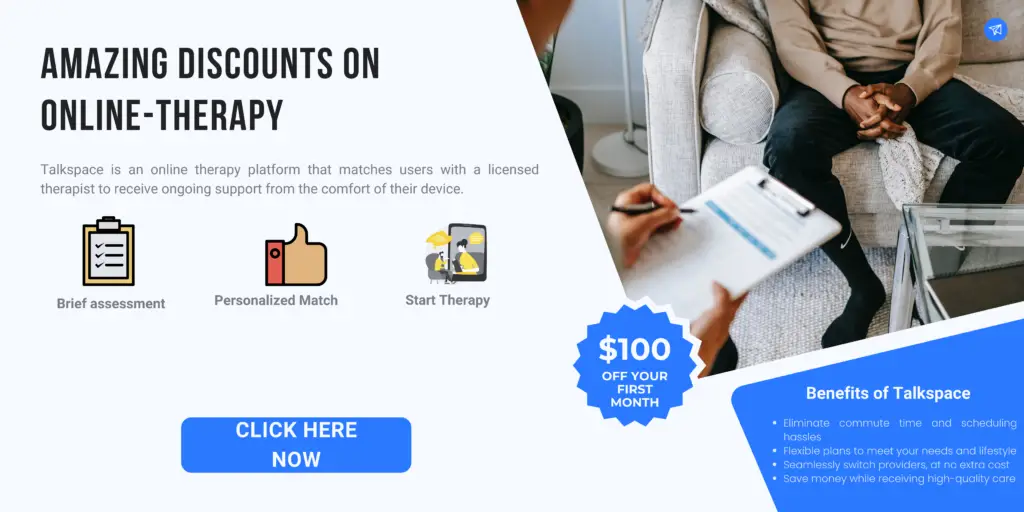
You’d also learn coping strategies to manage your anxiety during each step, like deep breathing or challenging negative thoughts. Over time, as you repeat these steps, the goal is that your fear of flying becomes less and less.
Now, it’s important to remember that exposure therapy isn’t about forcing yourself to face your fears head-on without any support. It’s a gradual process that’s done at a pace that feels comfortable for you, and it’s usually done with the guidance of a therapist.
Exposure therapy can be really effective for tackling specific fears or phobias, and it’s even used to help with other issues like post-traumatic stress disorder and obsessive-compulsive disorder. It might take some time and patience, but many people find it’s a powerful way to reclaim their life from fear. So if you’re struggling with a fear or phobia, it might be worth exploring exposure therapy. Just remember, it’s always okay to reach out for help!
10. Professional Help
Now, I know that might sound a bit intimidating like you’re admitting defeat or something. But actually, seeking help from a professional, whether it’s a doctor, a therapist, or a counselor, is one of the bravest and most empowering things you can do.
So, what’s professional help all about? It’s about getting support and guidance from someone who’s trained to help people navigate through tough times or deal with mental health issues. These folks have spent years studying and practicing, so they’ve got a whole toolbox of strategies and techniques to help you.
Maybe you’re feeling really down and you’re not sure why or maybe you’re dealing with a lot of anxiety or stress. Maybe you’ve gone through a big life change, like a breakup or a loss, and you’re having trouble coping. Or maybe you’re just feeling a bit stuck and you’re not sure how to move forward. These are all great reasons to seek professional help.
Now, reaching out can feel a bit scary, but remember, there’s no shame in it. Just like you’d go to a doctor for a broken leg, you can go to a mental health professional for emotional or psychological challenges. It’s all part of taking care of your health.
And remember, you don’t have to go it alone. You can ask a trusted friend or family member to help you find a professional and even accompany you to your first appointment. There are also many online resources and hotlines that can guide you to the right help.
So, if you’re feeling like you could use some extra support, why not consider professional help? It’s a courageous step towards taking care of yourself and building the life you want. And you deserve nothing less.
11. Chamomile Tea
Let’s dive into the wonderful world of chamomile tea. This delightful brew is more than just a comforting drink, it’s also an amazing ally in the battle against anxiety.
How does it work? The magic lies in a potent antioxidant called apigenin, abundant in chamomile tea. Apigenin is like a skilled peace negotiator that interacts with specific receptors in your brain, helping to reduce anxiety and promote sleep. That’s why chamomile tea is such a popular choice for those seeking tranquility and relaxation!
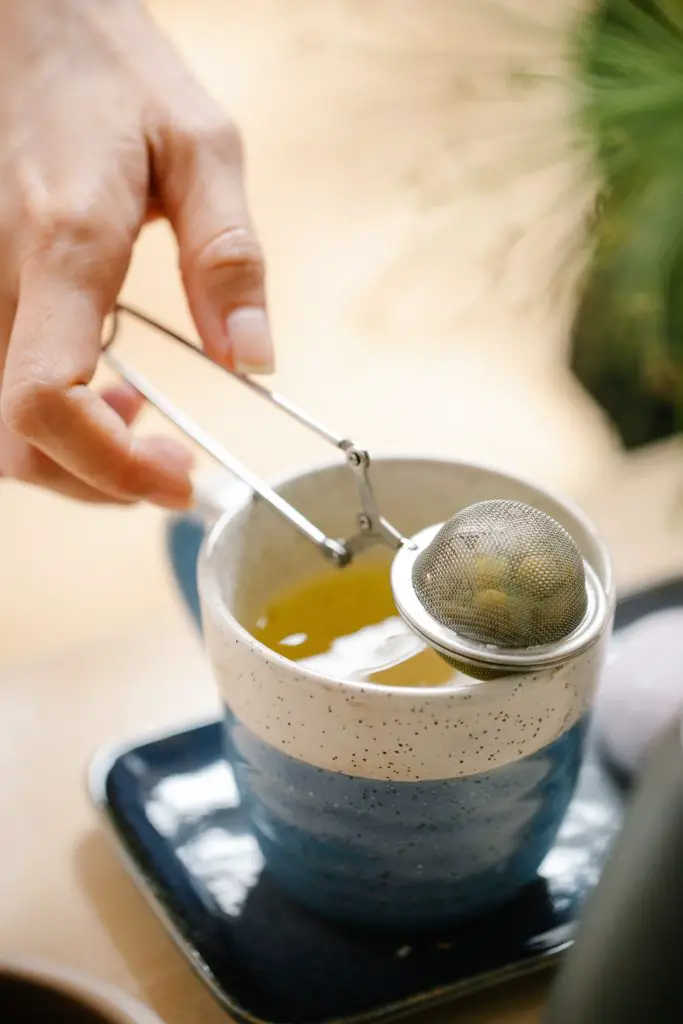
Scientific studies have highlighted the benefits of chamomile for dealing with anxiety. People in these studies have taken various amounts of chamomile, from 220 milligrams to 1,600 milligrams daily, often in capsule form. But for most of us, the easiest way to enjoy chamomile is as a comforting tea, with some folks sipping between one and four cups a day.
Now, here’s the exciting part! Research shows that chamomile isn’t just a pretty flower with a nice taste. In 2016, a study found that the long-term use of chamomile extract significantly helped to reduce moderate to severe symptoms of generalized anxiety disorder (GAD).
This was echoed in a review in 2019, which highlighted that after just 2–4 weeks of chamomile treatment, people with generalized anxiety disorder experienced an improvement in their symptoms. It’s like chamomile is a friendly, calming whisper telling anxiety to take a backseat.
However, while chamomile can do wonders in helping manage anxiety over the long term and improve sleep quality, it may not be as effective in providing immediate relief in the midst of an anxiety-inducing situation.
Brewing chamomile tea is as simple as steeping a chamomile tea bag or chamomile flowers in hot water for 5 to 10 minutes. Then, just strain, sip, and let the tranquility wash over you.
So, if anxiety is a frequent visitor in your life, why not invite chamomile tea into your daily routine? But remember, as with any natural remedy, it’s always wise to check with a healthcare professional if you’re pregnant, taking any medications, or have any health concerns. Here’s to finding calm amidst the storm with chamomile tea!
12. Essential Oils
These potent, aromatic liquids are more than just pretty scents – they’re like nature’s little helpers, offering a whole host of potential benefits for our well-being.
So, what exactly are essential oils? They’re highly concentrated plant extracts, capturing the essence (get it?) of a plant’s fragrance and beneficial properties. From calming lavender to invigorating peppermint, there’s an essential oil for just about every mood and need.
Essential oils are often used in aromatherapy, a natural practice that can help to uplift your mood, soothe your mind, and even promote better sleep. A little whiff of your favorite oil can be a simple way to take a quick, calming break in the middle of a busy day.
But that’s not all! Many essential oils are also believed to have other beneficial properties. Some, like tea tree oil, have antimicrobial qualities, while others, like chamomile oil, are often used for their calming effects.
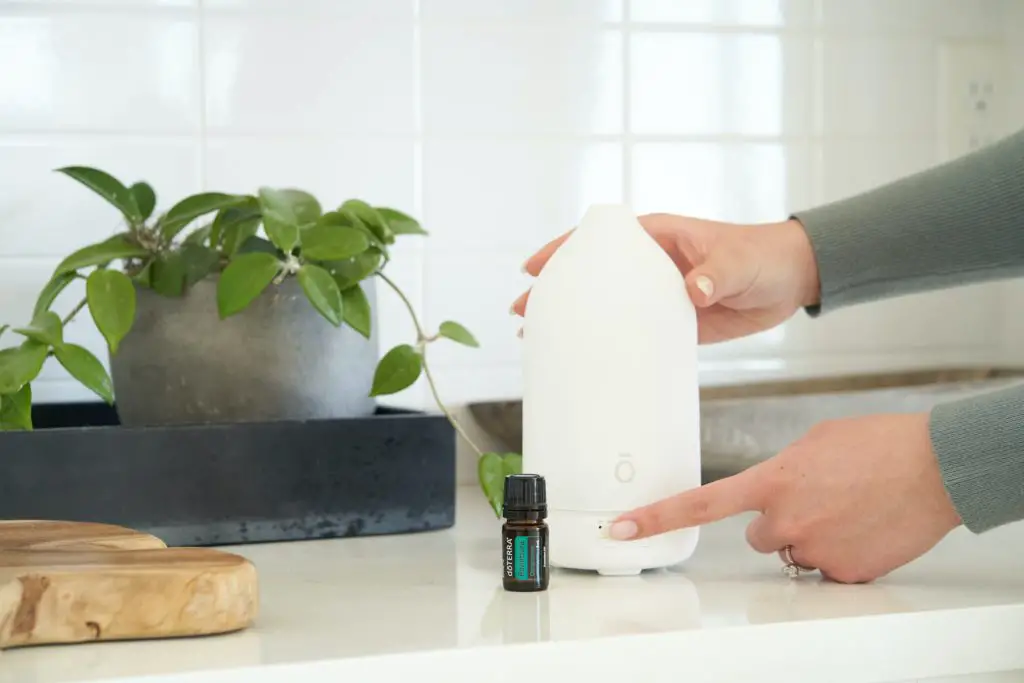
Using essential oils is super easy. You can diffuse them in an oil diffuser to fill your space with their lovely aroma, mix them with a carrier oil for a relaxing massage, or add a few drops to a warm bath for an at-home spa experience.
Now, remember, essential oils are potent stuff! They should usually not be applied directly to the skin without being diluted first, and they should be kept out of reach of children and pets. Also, if you’re pregnant, breastfeeding, or have any health concerns, it’s always a good idea to check with a healthcare professional before using essential oils.
So, why not explore the world of essential oils and find your favorite scent? Whether you need a pick-me-up, a stress reliever, or a sleep aid, there’s likely an essential oil that can help. Here’s to discovering the power of nature’s fragrances!
Conclusion
Managing panic attacks and anxiety involves finding the right set of strategies that work for you. It’s essential to be patient with yourself during this process – healing takes time. The journey towards better mental health is not a straight path, but with persistence, resilience, and the right resources, you can learn to manage panic attacks and anxiety effectively.
Remember, you’re not alone in your journey, and it’s okay to ask for help. Mental health professionals, support groups, and loved ones can provide valuable assistance as you navigate your path towards wellness.
